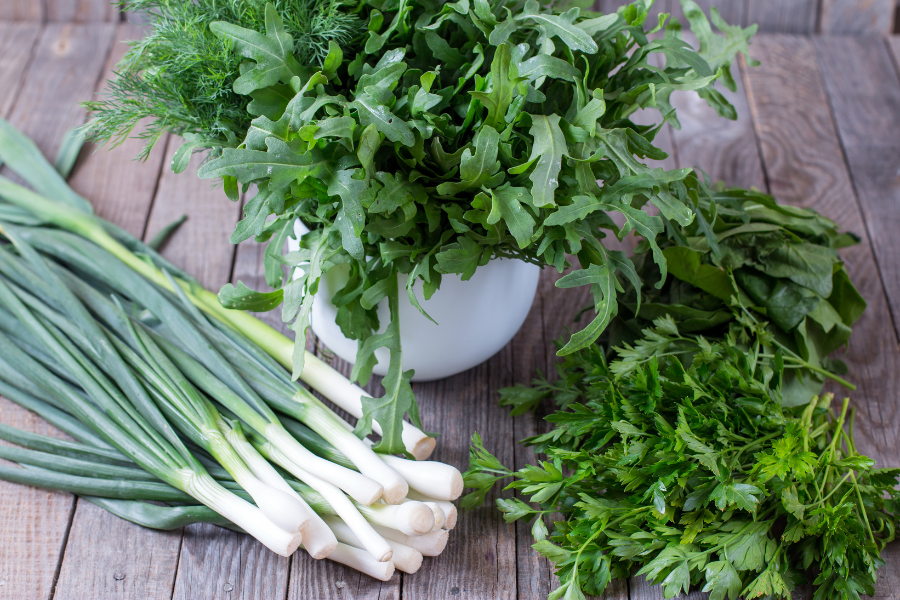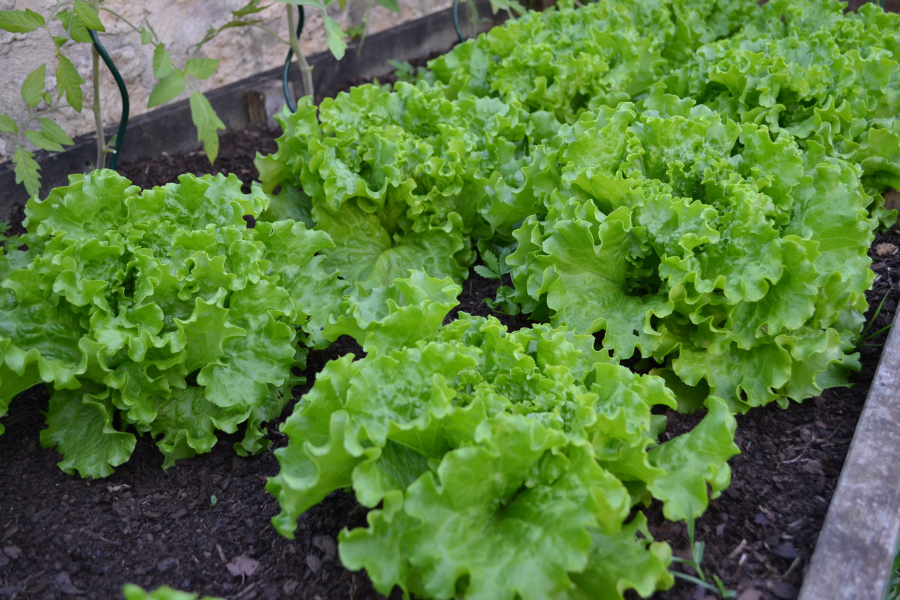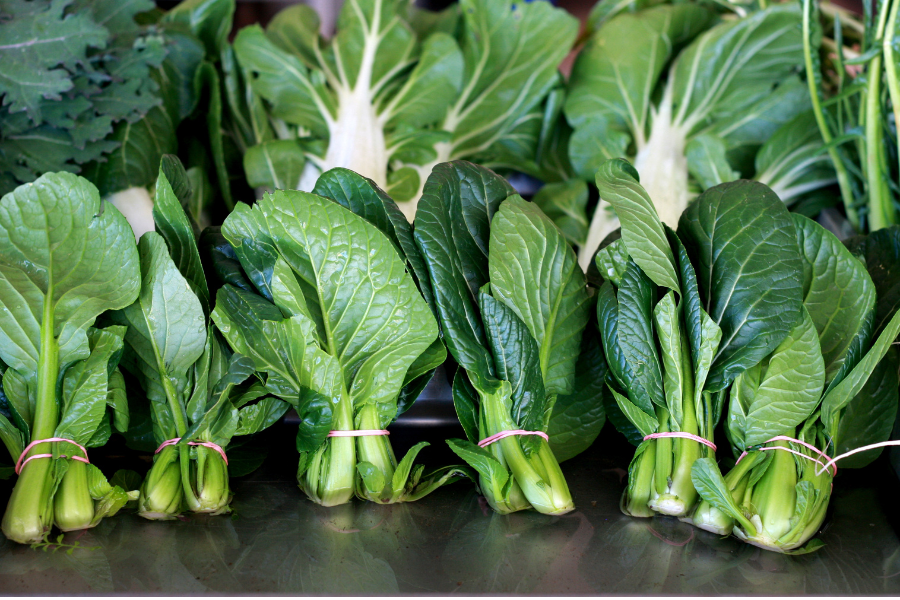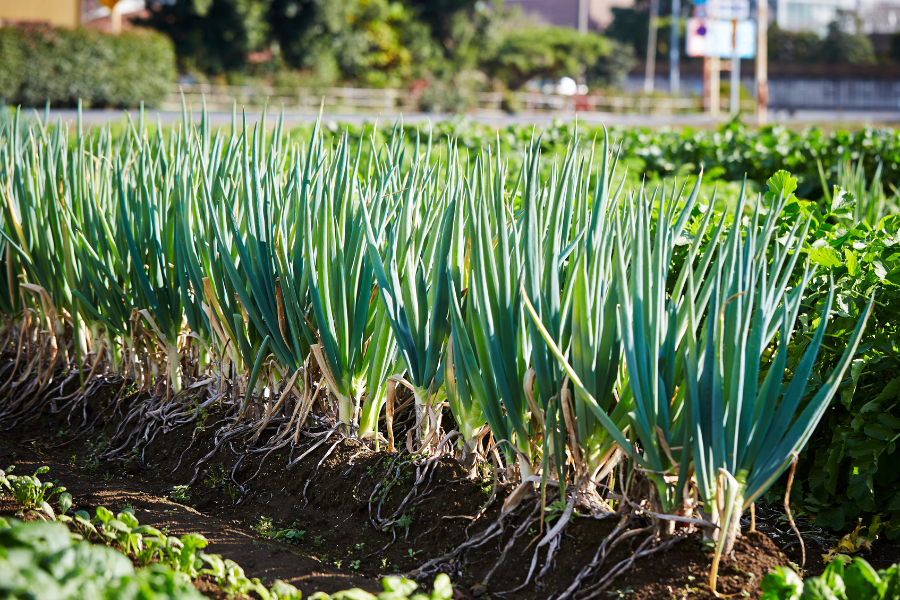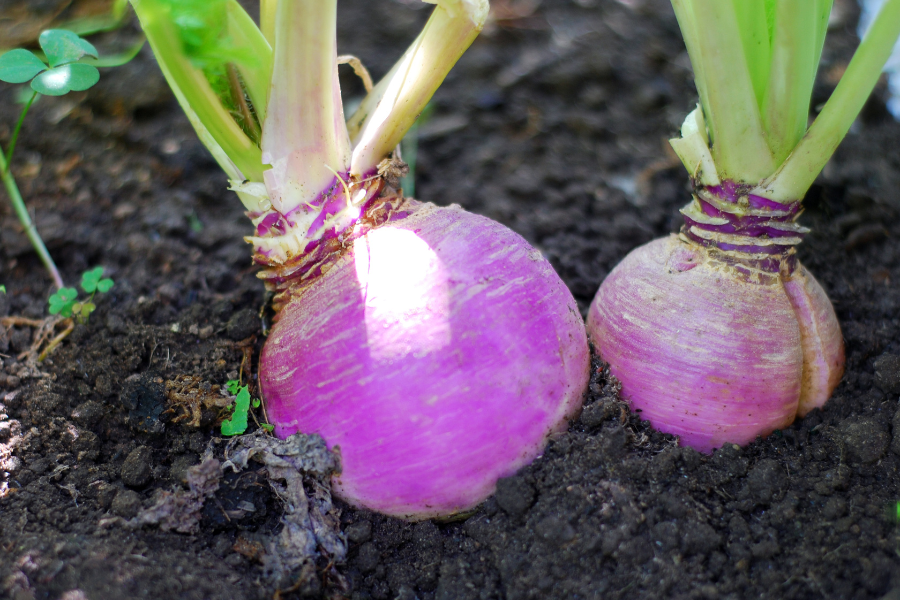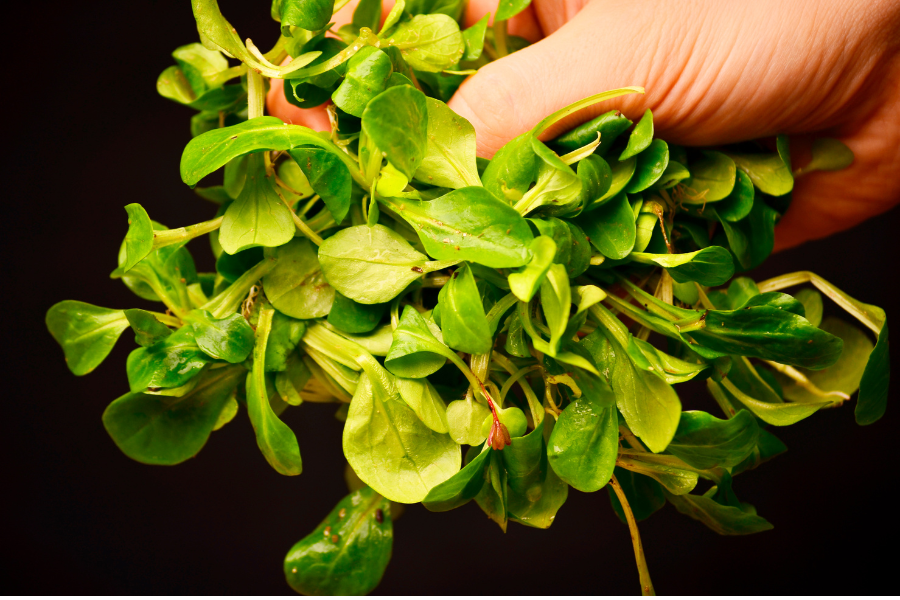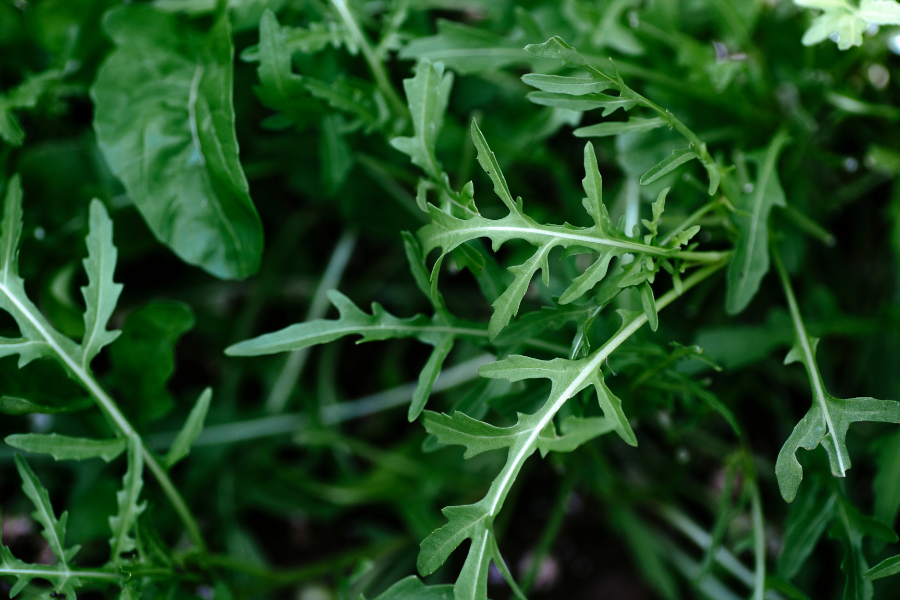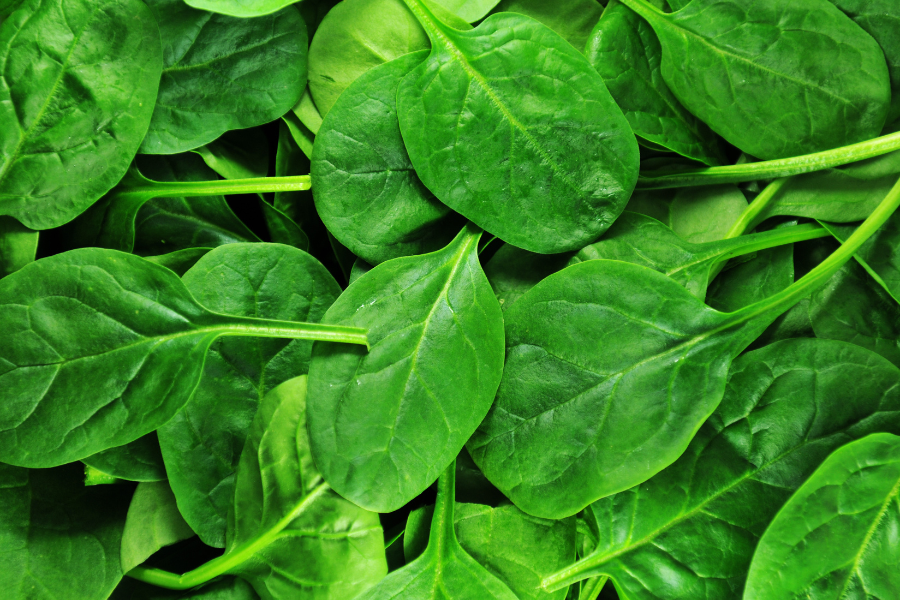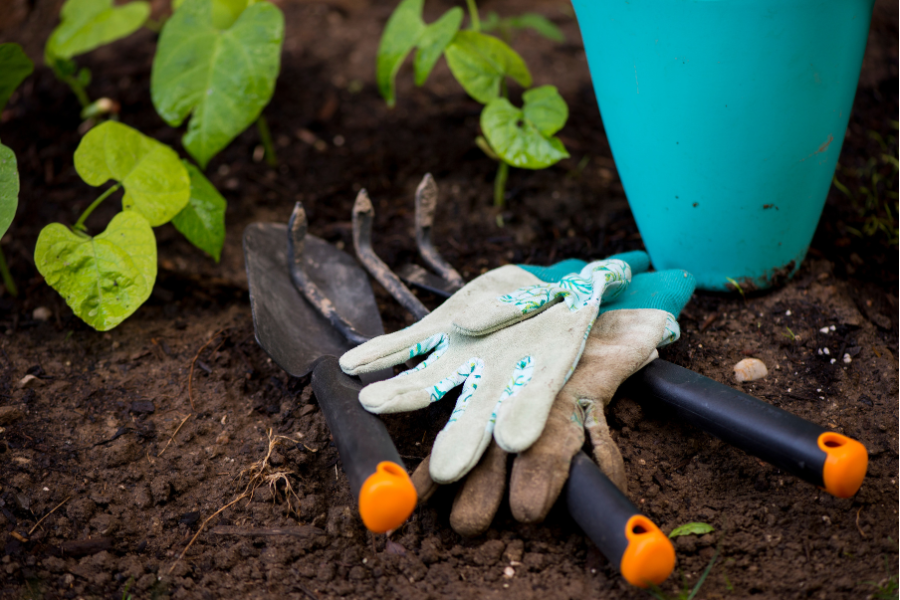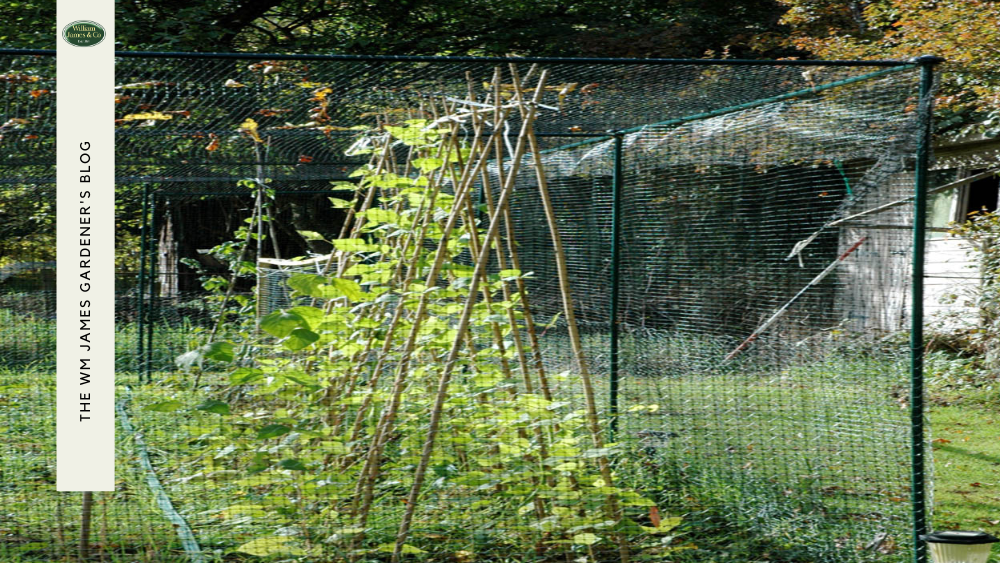We use cookies to make your experience better. To comply with the new e-Privacy directive, we need to ask for your consent to set the cookies. Learn more.
8 Best Vegetables to Grow in August
- Admin
- WM James Gardening Blog
- 1 Apr 2024
-
29views
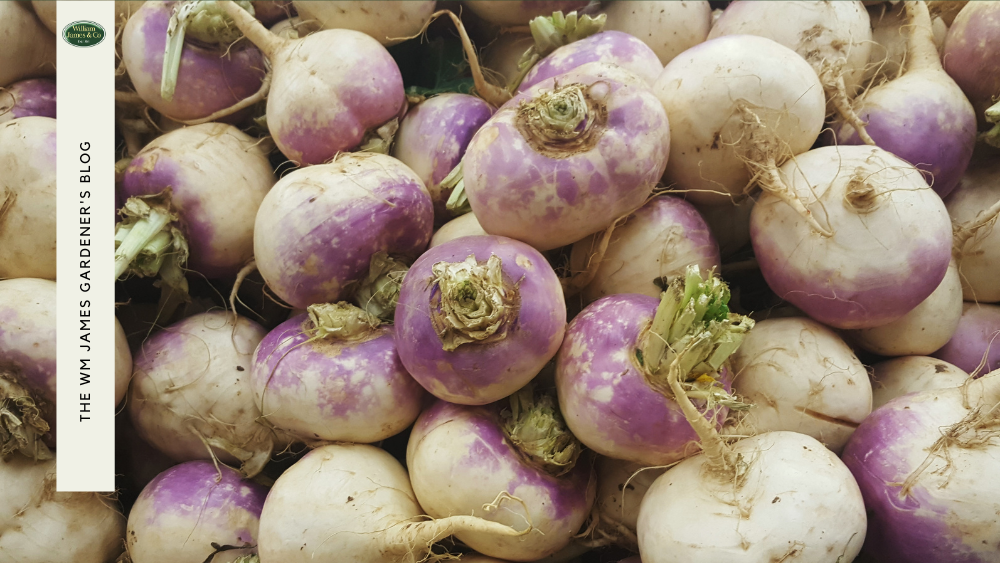
There are plenty of vegetables you can grow in August, making the most of the last days of summer and setting yourself up for a bountiful harvest in the months to come.
Whether you're an experienced gardener looking to expand your crop rotation or a newcomer seeking to make the most of the summer months, there’s still plenty of work that can be done during this time of year with a variety of fruits and vegetables.
To help give you some autumn gardening inspiration, we’ve highlighted the 8 best vegetables to grow in August and our tips for a successful harvest.
|
In this guide, we'll look at:
|
8 Easiest Vegetables to Grow in August
In the UK, August is a great time to get those veggies in the ground! We've picked out 8 easy-peasy ones for your vegetable patch. Here's a quick overview of the vegetables we recommend growing in August and when they're ready to harvest.
| Vegetables to Grow in August | When to Harvest |
|---|---|
| Lettuce | 8-12 weeks from germination. When a firm heart has formed |
| Oriental Leaves | When leaves measure 22cm/9 inches. Harvest into autumn & winter |
| Spring Onions | 8 weeks after sowing, when plants are around 15cm tall |
| Chicory | 4-6 months after planting |
| Turnips | From 2 months after sowing (type dependent) |
| Corn Salad | 40-70 days after germination |
| Rocket | 4 weeks after planting. Harvest through until November |
| Spinach | 6-10 weeks after sowing (spinach grows quicker in warmer weather) |
|
Note: Other vegetables and herbs can be grown in August, but these are our top picks that combine delicious flavours with ease of growing. |
1. Lettuce
Lettuce is a surprisingly resilient crop, making it an ideal vegetable to plant during August. This period provides an optimal growing environment, as lettuce seeds germinate best in temperatures between 16°C and 18°C.
To achieve the best possible results, it's essential to keep the soil consistently moist and cool but not waterlogged and to choose a spot in your garden that receives partial shade. This will protect the plants from the midday sun, which can be quite strong in August.
Shade netting can be a great way to provide some shade and keep the soil moist during warmer months.
Our 2m Wide Dark Green Windbreak & Shade Netting provides 50% shade coverage and protects plants from strong gusty winds, providing a more stable growing environment.
For a continuous harvest, consider sowing a few seeds at intervals of 14 days throughout August.
2. Oriental Leaves
Oriental leaves, such as pak choi and tatsoi, are superb choices for gardeners aiming to maximise their green spaces in August.
These leafy greens thrive in the cooler conditions of late summer, making them particularly suited for planting during this month. The slightly milder evening temperatures help prevent the leaves from bolting, which can often be a challenge with spring plantings.
Also, oriental vegetables grow quickly, allowing for a speedy harvest within just a few weeks. This ensures gardeners can enjoy fresh, crisp greens at their dinner table.
3. Spring Onions
August is an excellent time for UK gardeners to sow spring onions. This period allows them to take advantage of the summer warmth, which is crucial for germination.
Spring onions require a relatively short growing season and can easily slot into the garden's crop rotation, not demanding much space.
Planting in August also ensures that the soil is still warm enough to encourage quick germination, while the cooler nights that follow help to bolster root development without the plants bolting prematurely.
This quick turnaround and their ability to grow as the weather begins to cool make them a robust choice for extending the gardening season.
How to Do Crop Rotation in the UK
4. Chicory
For UK gardeners, planting chicory (sometimes referred to as a spring cabbage) in August presents a unique opportunity to cultivate a versatile and nutritious vegetable that thrives in the cooling temperatures of late autumn.
Chicory plants do well in the less intense sun of late summer, with their roots deepening and flavours intensifying as the nights start to draw in.
The key to successful chicory cultivation during this period is to keep the soil evenly moist and to ensure that the plants are not exposed to the harshest midday sun, which August can still bring.
By planting chicory in August, gardeners can anticipate an abundant and flavourful harvest. Dependant on the specific variety, the crop is typically ready to be gathered from late autumn through to winter.
5. Turnips
August represents an optimal period for planting turnips in the UK, given the unique combination of warm soil that accelerates germination and the approaching cooler evening weather that is ideal for their growth and development.
Turnips sown during this time benefit from the residual warmth of summer, ensuring a swift emergence, while the progressively cooler days and nights towards the end of August and into September foster conditions that enhance the flavour and texture of the turnips.
This timing also allows for a dual-purpose crop; young turnip greens can be harvested as a tender leaf vegetable within a few weeks, while the roots mature into hardy bulbs, ready to be pulled from the ground in late autumn.
6. Corn Salad
Corn salad, also known as lamb's lettuce, is an ideal crop to plant in August for several reasons. This leafy vegetable benefits from the warm soil for germination while looking forward to the cooler weather of early autumn for its growth phase.
This timing ensures that corn salad can produce delicate, flavourful leaves without the risk of bolting, which higher temperatures might encourage.
Planting corn salad in August allows gardeners to extend their harvesting season. This resilient leafy green can continue to provide fresh, nutritious salads well into the colder months, especially if given some protection from frosts.
We recommend using garden fleece to keep your crops safe from the first winter frosts.
Our Horticultural Garden Fleece is ideal for protecting delicate crops from cold and windy weather. It still allows water and air to reach your plants, allowing them to thrive.
7. Rocket
Rocket flourishes when sown in the late summer months, and August presents an excellent window for UK gardeners to add this spicy leaf to their vegetable patch.
To sow rocket successfully in the potentially hot August weather, it's important to choose a location that offers some respite from the midday sun.
A partially shaded area can mitigate the heat, reducing the risk of the seeds drying out or the young plants bolting prematurely.
Our Net Grow Tunnel With Drawstring Open Ends is ideal for providing protection from direct sunlight for your baby rocket plants. The high-density polyethylene creates dappled light to prevent scorched leaves.
Following sowing, water the area gently but consistently, keeping the soil moist to facilitate germination, which normally occurs within a week.
To maintain a steady supply of rocket throughout late summer and into autumn, consider succession planting – sowing a small number of seeds every two to three weeks. This method ensures continuous harvests of fresh, peppery leaves to spice up your salads and cooking.
8. Spinach
Spinach is exceptionally adaptable and can be planted successfully during the warm August weather, providing UK gardeners with a versatile and nutrient-rich leafy green.
To get the best out of spinach planted in August, it's advisable to seek out a spot in the garden that benefits from partial shade. This helps to protect the plants from the fiercest midday heat, which can otherwise lead to bolting or wilting.
For best germination, prepare soil rich in organic matter and keep it moist but not waterlogged.
Sow spinach seeds directly 1.5cm deep, in rows 30cm apart, giving plants room to grow. Our Burgon & Ball 1m Wooden Seed & Plant Spacing Ruler is ideal for helping you space your seeds properly.
In warm August soil, seeds usually sprout in 5-9 days.
Harvesting can begin as soon as leaves reach a desirable size, often within 4 to 6 weeks of sowing. If managed carefully, multiple cuttings from the same plant can be obtained.
|
Note: Kale plants can also thrive when planted in August, helping you to create fresh, homegrown salads and vegetable dishes with a trio of healthy, leafy greens. |
WM James' Top Tips for Sowing Success in August
August can be a tricky month to grow vegetables due to the lingering summer heat, direct sunlight, and lack of rainwater.
But with a bit of know-how and some carefully scheduled gardening work, there's no reason why your vegetable garden can't thrive.
Water, Water, Water!
One of the most important tasks for gardeners during August's often unpredictable climate is consistently watering of their vegetable patches.
August, especially, can present a challenge with its blend of warm soil and potentially sporadic rainfall, which might not sufficiently meet the hydration needs of newly sown seeds and developing plants.
Regular watering becomes crucial to prevent the soil from drying out, ensuring that the roots of young vegetables can easily absorb the necessary nutrients for growth.
Also, the hydration helps maintain a cooler soil temperature, mitigating the stress on plants from fluctuating weather conditions and promoting a more consistent growth cycle.
Adequate water is particularly vital for leafy vegetables, like lettuce and spinach, which rely on it to produce their crisp, fresh leaves.
Regularly Weed Your Vegetable Garden
Weeding your vegetable patch is more than just a way to keep your garden looking neat; it's essential for the health and productivity of your plants.
Weeds compete aggressively with your vegetables for key resources such as sunlight, water, and especially nutrients. Left unchecked, these unwanted plants can quickly dominate a plot, depriving your crops of the vital elements they need for growth.
A few effective techniques can make this task both efficient and fruitful:
| Early Identification | Identify weeds as early as possible. Young weeds are easier to remove and less likely to have spread seeds. Regular inspections are crucial. |
| Use the Right Tools | Equip yourself with tools like a hoe or hand fork to loosen soil and remove weeds. Use a hand trowel or weed puller for weeds close to vegetables or deep-rooted. |
| Mulching | Apply a layer of mulch (e.g., straw or wood chips) around plants to block sunlight from reaching the soil, reduce weed appearance, and add nutrients to the soil. |
| Mindful Watering | Water vegetables directly, avoiding areas between plants. Use soaker hoses or drip irrigation to prevent weed growth in non-vegetable areas. |
| Regular Maintenance | Remove weeds regularly to prevent them from taking hold and spreading. Establish a weekly routine for inspecting and weeding your garden. |
What Else You Can Plant in August
Planting flowers in August can bring vibrant colours and variety to your garden, as well as extend the blooming season well into autumn.
Here are a few flowers that thrive when planted outdoors in the UK during August:
|
For late summer planting, consider these flowers:
|
Each of these plants thrives in well-drained soil with varying sunlight needs, making them perfect for planting in mid to late summer.
By planting these flowers in August, you can ensure a vibrant and dynamic garden that will transition beautifully from summer into autumn and then provide early spring colour.
Keep your summer seeds organised with our Seed Packet Organiser to make August planting even easier.
Summary: Successfully Growing Vegetables in August
Growing vegetables in August can be immensely rewarding, setting the stage for a bountiful autumn harvest. With the right choices—like lettuce, oriental leaves, and spinach—and attention to detail in watering and weeding, your garden can flourish.
For more insights and tips on making the most of your garden each month, check out the rest of our Gardener’s Diary blog!
FAQs
What is the Best Plant in August?
The best plant to sow in August is lettuce. It's resilient, quickly germinating in optimal temperatures between 16°C and 18°C, and thrives in partial shade. Sow seeds at two-week intervals for a continuous harvest. Keep the soil moist for the best growth.
Do Vegetables Grow Easily in August?
Yes, many vegetables grow easily in August, benefiting from the warm soil for germination and cooler evenings for growth. Some plants may benefit from seedlings being sown indoors in July to be transferred in August.
Fast-maturing crops like lettuce, oriental leaves, and spring onions are particularly suitable. They allow for a bountiful harvest into autumn, provided they're regularly watered, and the soil is kept moist.
Is it OK to Sow Plants in August?
Yes, it is perfectly fine to plant certain plants in August. This month offers advantageous growing conditions for a wide range of vegetables and flowers, especially those that can benefit from late summer's warmth and transition into cooler autumn weather.
Choosing the right plants and providing proper care can ensure successful growth and yield during this period.
What is the Fastest Growing Vegetable in the UK?
Radishes are among the fastest-growing vegetables in the UK, able to mature in as little as 4 weeks. They thrive in the cool, damp British climate and can be sown directly into the ground, making them an excellent choice for gardeners looking for quick and easy cultivation with a rapid turn-around from planting to harvesting.
How Can You Extend the Growing Life of Late Summer Plants?
Using garden fleece or frost protectors can help protect plants as the temperature drops, keeping them cosy and thriving. You can also plant green manures to keep the ground warmer. Failing that, plants and vegetables like carrots and cabbage can produce crops into the winter with the right varieties.

